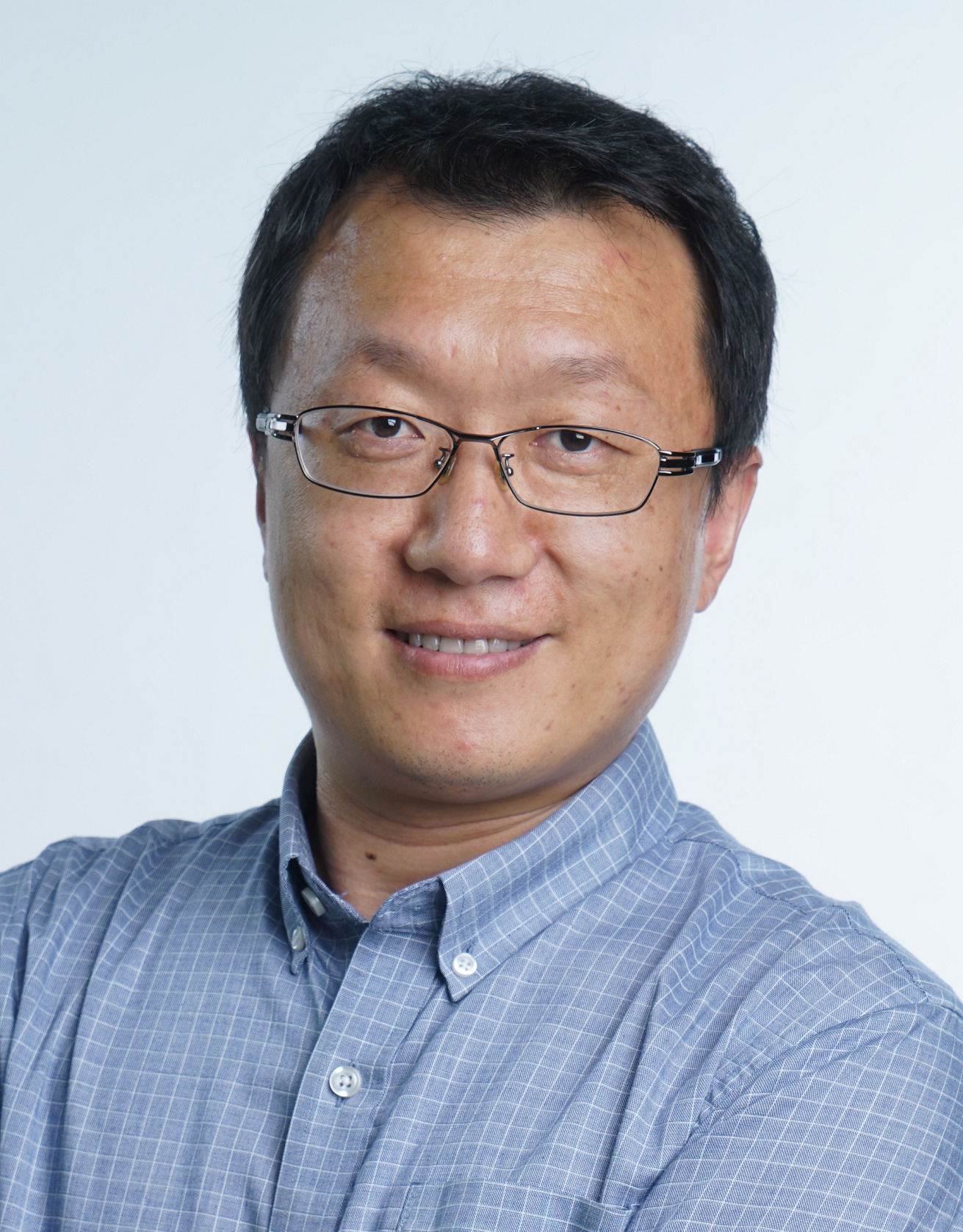- 学术动态
报告题目:Photovoltaic enhancement accompanied by polar-instability:BiFeO3 vs MAPbI3
报 告 人:Junling WANG, Professor
报告时间:2019年11月15日(周五)下午15:00
报告地点:子良220会议室
邀 请 人:高分子材料与工程研究所 曹澥宏教授

报告人简介:
Professor WANG Junling (王峻岭) obtained his B.S. degree from Nanjing University in 1999, and Ph.D. degree from University of Maryland, College Park in 2005. After spending one year at PennState University as a postdoc, he joined Nanyang Technological University, Singapore as an Assistant Professor in 2006. He was promoted to Associate Professor with tenure in 2011 and Professor in 2017.
Professor Wang’s research activities focus on 3D and 2D multiferroic materials. These materials possess a wide range of exotic properties such as ferroelectricity, ferromagnetism, and multiferroicity. The long-range orders and cross-couplings between them lead to fascinating physics and various applications. He has published 145 papers in high impact journals, including Science, Nature Communications, Science Advances, NPG Asia Materials, Advanced Materials, PRB and APL. His work has been cited more than 14000 times.
报告内容摘要:
Ferroelectric materials for photovoltaics have sparked interest recently due to their high photovoltages. However, the relatively low photocurrent and power conversion efficiency limit their potential applications. The recently discovered hybrid perovskite MAPbI3, in which a giant photostrictive effect similar to that in ferroelectric oxides has been observed [1], offers a potential avenue to improve the ferroelectric photovoltaic effect.
It was suggested that the dynamic polar A-site group in MAPbI3 play a critical role for their ultra-long carrier lifetime. We have investigated the hypothesis using an inorganic perovskite, BiFeO3. By engineering its A site via La doping, BiFeO3 displays large photovoltaic enhancement and polar-instability simultaneously. The improvement is attributed to the longer photocarrier lifetime as revealed by optical measurements and supported by theoretical calculations. Such polar-instability-driven band structure tuning may guide future materials design to maintain the momentum of photovoltaic efficiency increase. In addition, we investigate the effects on the carrier lifetime from a subtle direct to indirect band gap transition induced by A-site doping.
References
(1) “Giant Photostriction in Organic-Inorganic Lead Halide Perovskites”, Yang Zhou, Lu You, Zhiliang Ku, Hongjin Fan, Shiwei Wang, Daniel Schmidt, Andrivo Rusydi, Lei Chang, Le Wang, Peng Ren, Liufang Chen, Guoliang Yuan, and Junling Wang*, Nature Communications 7:11193, doi: 10.1038/ncomms11193, (2016).
(2) “Photovoltaic enhancement accompanied by polar-instability”, Lu You, Fan Zheng, Liang Fang, Yang Zhou, Liang Z. Tan, Zeyu Zhang, Guohong Ma, Daniel Schmidt, Andrivo Rusydi, Le Wang, Peng Ren, Shiwei Wang, Lei Chang, Andrew M. Rappe*, Junling Wang*, Science Advances, eaat3438 (2018).



